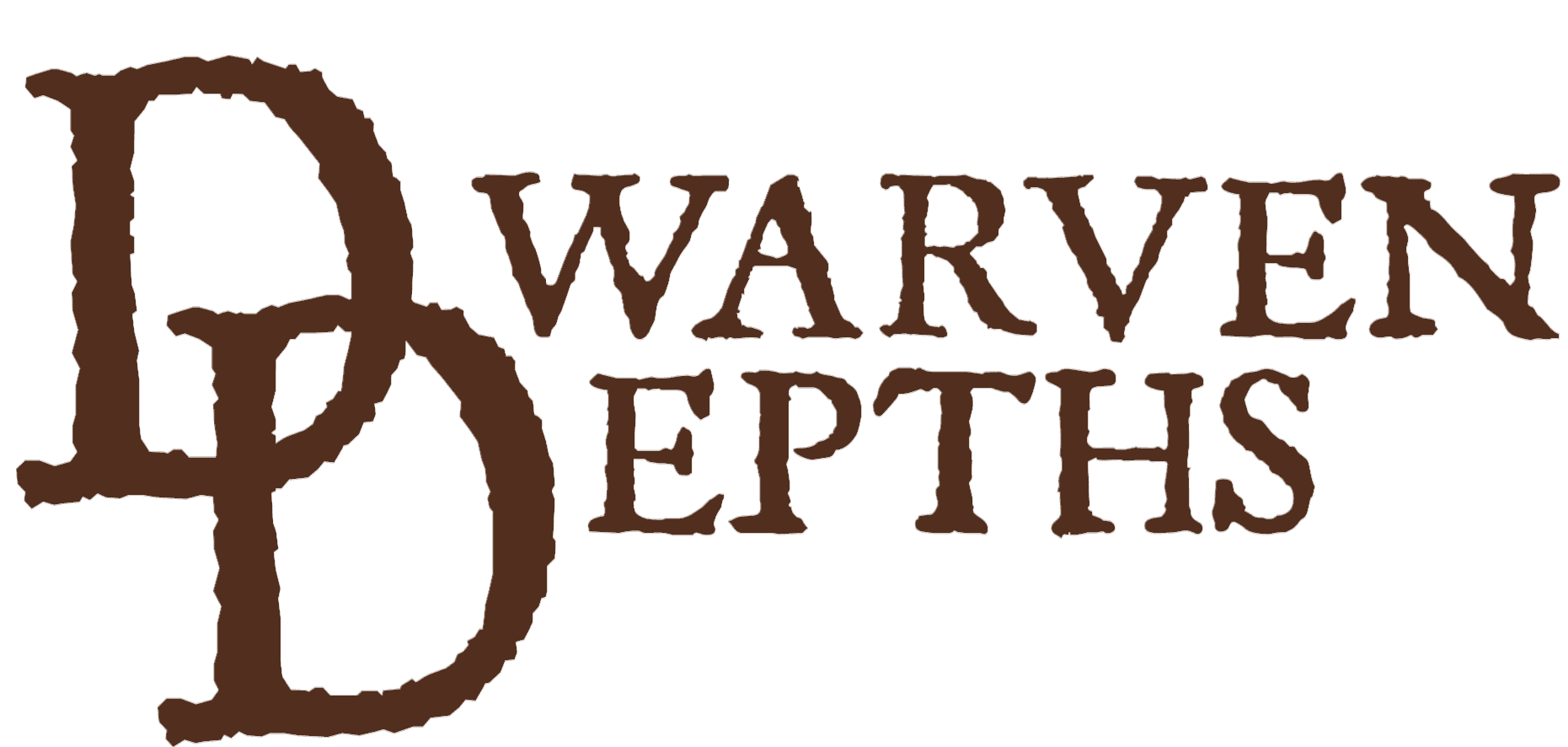From Prototype to Game
A post-mortem on a game a decade old? Sure, why not. I wrote up some thoughts about the development cycle of Dwarven Depths and taking the game from idea to prototype to finished product. Here's a summary of the piece.
The game started off as a sort of competitive Dig Dug. In the prototype, dwarves dug tunnels, fought monsters, and found treasure. The dwarf with the most loot won. It was a simple formula, and helped get the prototype finished faster. We wanted to increase the risk-vs-reward factor of going deeper into the mines. Instead of keeping all your gold when you die, the game was changed so that you drop it on death. Initially implemented to dull the sting of dying and losing everything, it rapidly changed the flavor of the game - all of a sudden, you could loot your friends' dead bodies and steal their fat stacks of gold. What was originally a competitive race for gold and gems became a murder-ambush fest.
This is where the prototype of the game ended up, and I think it was a lot of fun on its own. However, through extensive playtesting, I was seeing a problematic pattern. The game was a lot of fun when one player was making a break for the safety of the surface and the other players were trying to take out the fleeing dwarf. However, the fleeing dwarf had too much of an advantage. If the loot-laden player managed to get above you, it was difficult-to-impossible to catch up to them and take them out. The chases were fun, but they weren't lasting long enough.
After trying out several other solutions, I came up with the idea to include traps. Traps would allow the ambushing player more options and opportunities to take out the other player. The tunnels that players dig down are the fastest ways to the surface. They are also natural chokepoints for traps, which are invisible until they activate. Now a surface-bound dwarf not only has to worry about other players, but about traps both known and unknown. They can spend time digging a new tunnel upward, but that trades safety for time. Traps also made the meta more interesting as players would try to guess where other players were most likely to place their traps.
After I released the game (thanks, Sweden, for my first-ever sale), I got to work on an update. One thing I was particularly proud of was booby-trapped tunnels. Digging, as you might imagine, is a fundamental verb in the game (the others are jumping and stabbing). It also wasn't the most interesting verb. I added ordinary-looking dirt blocks to the map that, when hit by a pick axe, would explode after flashing a short warning. These were created in clusters that filled up tunnels and sometimes whole caverns. A player with quick reflexes would be able to avoid the explosion. This kept players on their toes even during one of the basic game actions. It added a good variety and dash of excitement to what was otherwise a fairly predictable part of the game.
Key takeaways:
- Prototype until you find something fun. When you find something fun, iterate around that idea.
- Extensive playtesting is a must. Players will play your game in unexpected ways. Enough playtesting allows you to see unexpected patterns.
- Consider your game's basic verbs, and think about how to make each verb fun and interesting on its own.
Get Dwarven Depths
Dwarven Depths
Tunnels, traps and treachery! Local multiplayer released for Xbox 360 in 2011.
| Status | Released |
| Author | Joshua Galecki |
| Genre | Platformer, Action |
| Tags | 2D, Arcade, Local multiplayer, Multiplayer, Pixel Art, Procedural Generation, Retro, Side Scroller, Sprites |
| Languages | English |
More posts
- Dwarven Depths releasedMay 08, 2020

Leave a comment
Log in with itch.io to leave a comment.